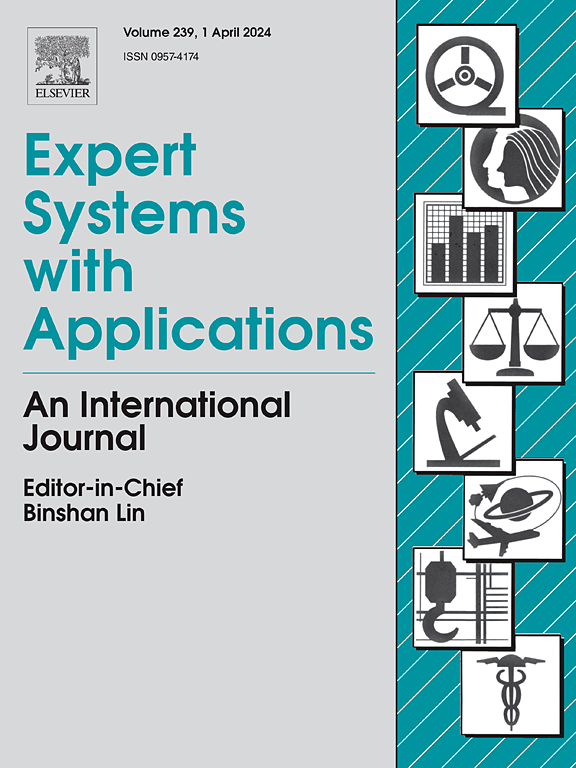Grouped convolution dual-attention network for time series forecasting of water temperature in offshore aquaculture net pen
IF 7.5
1区 计算机科学
Q1 COMPUTER SCIENCE, ARTIFICIAL INTELLIGENCE
引用次数: 0
Abstract
As a novel open aquaculture technique that approaches ecological farming, offshore aquaculture net pen provides significant value for the sustainable development of aquaculture. Water temperature, being a critical water quality parameter, directly influences the growth and development of fish. Moreover, trends in water temperature can guide the timing of relay in terrestrial-marine aquaculture models. Therefore, real-time monitoring and accurate multi-step prediction of water temperature can effectively ensure the safety of fish production and avoid severe economic losses due to weather changes. However, the openness of the offshore aquaculture net pen environment makes water temperature susceptible to spatial and temporal impacts of external factors, characterized by non-linearity, dynamics, and complexity, making accurate water temperature prediction challenging. This paper proposes a Grouped Convolution Dual-Attention Network (CDANet) framework for multivariate time series prediction based on grouped dual-attention convolution, which fully considers the spatiotemporal correlation between climate conditions and water quality parameters in the pen area, the spatial distribution of water body, and the temporal dependency of historical periods in sequence data. The framework includes a global attention feature extraction module to focus on complex relationships between various factors and a local attention feature extraction module that can overcome the shortcomings of attention mechanisms and handle anomalies. When applied to predict water temperature in offshore aquaculture net pen, the model achieved RMSEs of 0.1314, 0.1525, and 0.2002 for future 2, 6, and 12 time steps, respectively, representing improvements of 44.05%, 29.33%, and 31.56% compared to the other models in the comparative experiments.
Ablation experiments show that each component of the CDANet model can extract different information patterns from training data, demonstrating structural effectiveness. The experimental results indicate that the proposed method can accurately predict water temperature changes in offshore aquaculture net pen.

求助全文
约1分钟内获得全文
求助全文
来源期刊

Expert Systems with Applications
工程技术-工程:电子与电气
CiteScore
13.80
自引率
10.60%
发文量
2045
审稿时长
8.7 months
期刊介绍:
Expert Systems With Applications is an international journal dedicated to the exchange of information on expert and intelligent systems used globally in industry, government, and universities. The journal emphasizes original papers covering the design, development, testing, implementation, and management of these systems, offering practical guidelines. It spans various sectors such as finance, engineering, marketing, law, project management, information management, medicine, and more. The journal also welcomes papers on multi-agent systems, knowledge management, neural networks, knowledge discovery, data mining, and other related areas, excluding applications to military/defense systems.
 求助内容:
求助内容: 应助结果提醒方式:
应助结果提醒方式:


